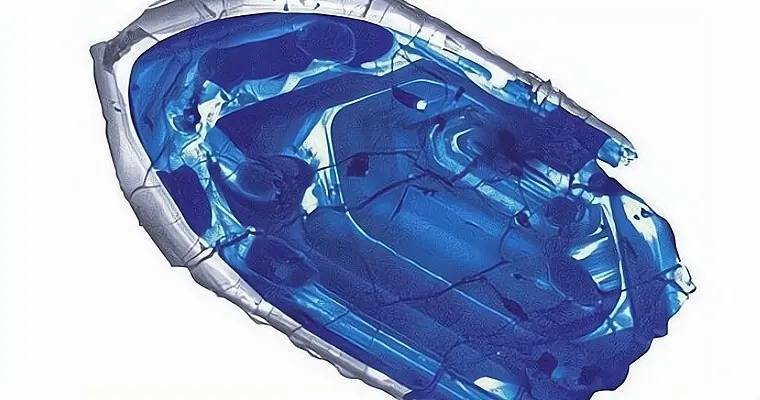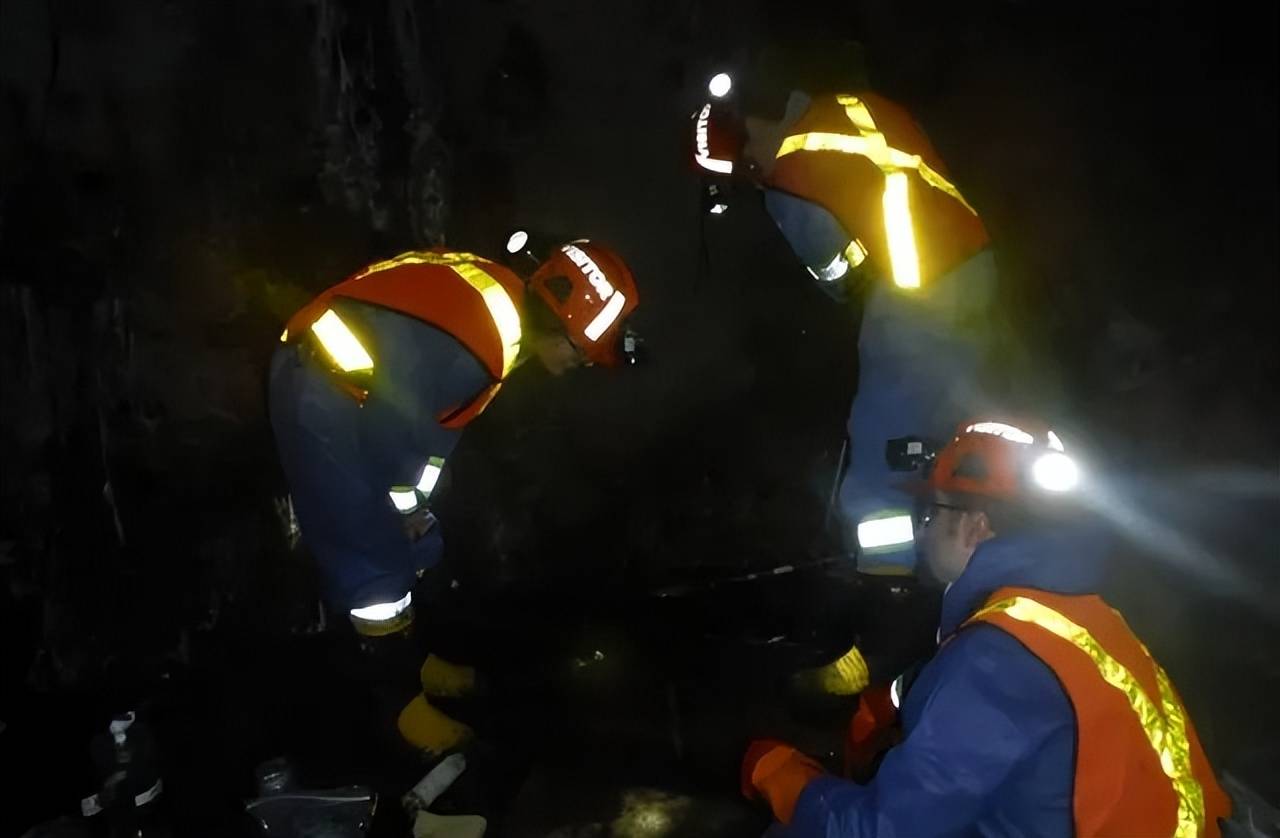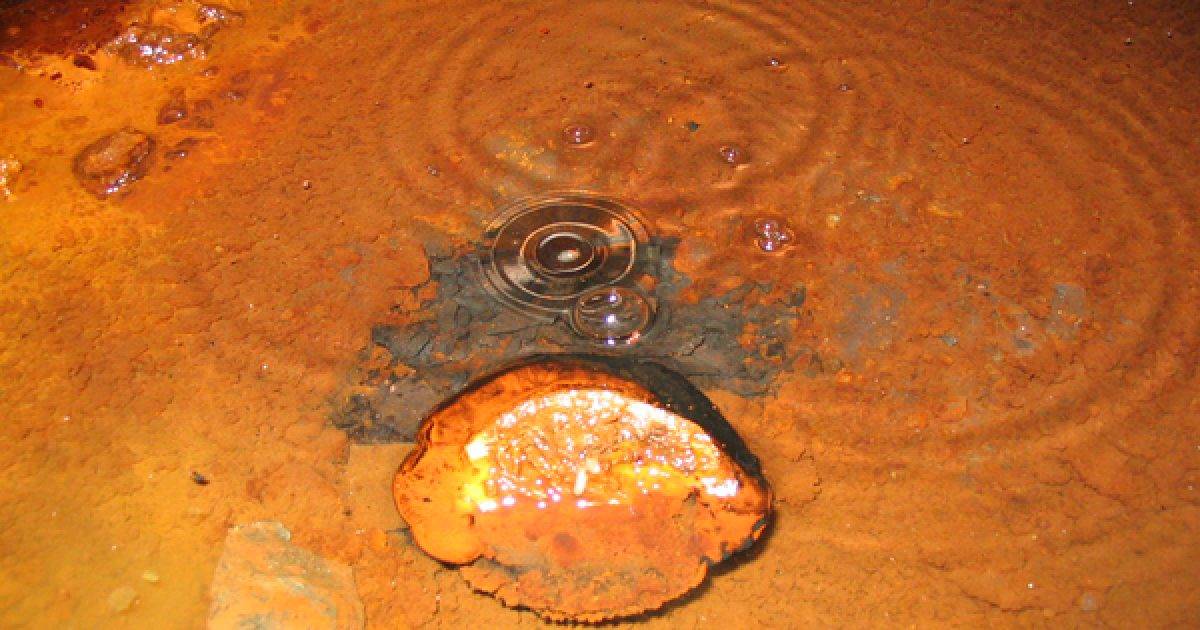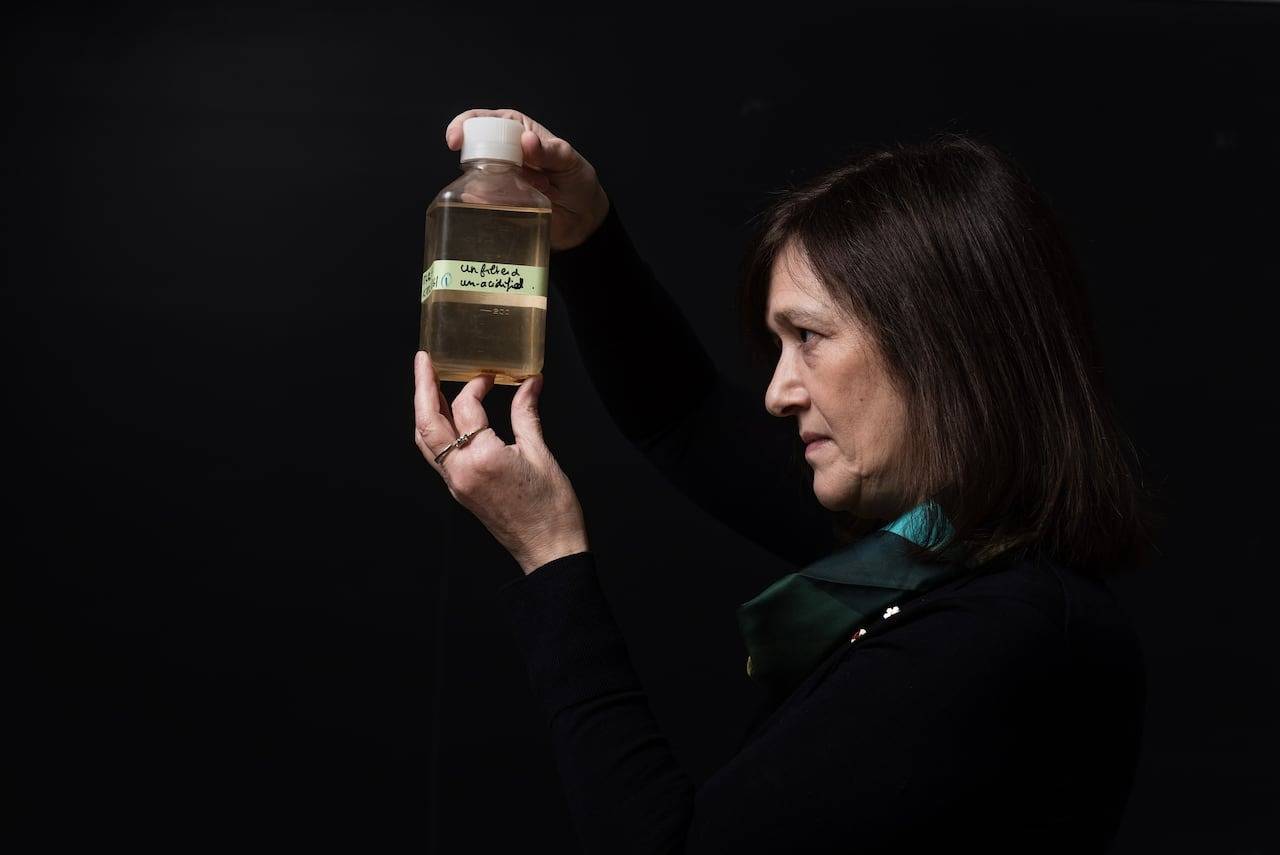The discovery of 2-billion-year-old water at the Kidd Creek mine is not only a major step forward in geology, but also opens up important questions about the origin and long-term viability of life.
The Earth has evolved over billions of years, and in that long journey, water has played a key role in the formation and development of life. According to scientific studies, our planet may have had oceans very early on, even before the end of the Hadean Epoch , the chaotic period that marked the early formation of the Earth. The oldest traces of liquid water on the blue planet are believed to date back to about 4.4 billion years ago.
However, because the water cycle continues through evaporation, condensation, percolation and runoff, finding an intact source of water from billions of years ago is extremely rare. Surprisingly, scientists have recently discovered an isolated pocket of water that is up to 2 billion years old deep underground in Canada, opening up promising research directions into the history of Earth and the possibility of life in extreme environments, including extrasolar planets.

While the water cycle on Earth keeps water circulating, that doesn’t mean all of it is caught up in it. Some ancient water may be trapped in sealed geological fractures, where it has been out of contact with the outside world for billions of years. These bodies of water are thought to be “time capsules,” preserving environmental conditions from the planet’s earliest days.
To find them, scientists often mine deep underground mineral deposits where rocks and minerals can retain water for long periods of time. One of the most notable sites is the Kidd Creek Mine, located about 24 km north of Timmins, Ontario, Canada. It is one of the deepest copper, zinc and silver mines in the world, having opened in the 1960s. Initially, the mine was an open-pit mine, but has since expanded into an underground mine with an impressive depth of 3,014 meters. With its unique geological structure and enormous depth, Kidd Creek is one of the most ideal places to search for traces of ancient water.

A team of researchers from the University of Toronto, led by geologist Barbara Sherwood Lollar, conducted a survey of the area. After some research, they discovered an isolated water-filled fissure deep at the bottom of the mine. When they analyzed the collected water samples, the scientists were amazed: the water in this fissure had existed there for 2 billion years – officially making it the oldest known source of water on Earth.
Initially, when first extracted from the ground, the water appears quite transparent. However, shortly after being exposed to air, it turns a pale orange color. This is likely due to oxidation reactions that occur when the water is exposed to the atmosphere for the first time in billions of years.
As for taste, Barbara Sherwood Lollar had an experience that no one would want to try: she took a sip of 2 billion-year-old water. And the result was "horrible", according to her description, the water had a strong sulfur smell, was thick like syrup and had an extremely salty, unpleasantly bitter taste. The chemical analysis showed that the water was 10 times saltier than seawater, containing a large amount of dissolved minerals along with many rare gases such as helium, xenon, krypton, neon and argon.
These factors suggest that the water had been completely isolated for long periods of time without any dilution from other sources. But the most shocking thing was the discovery of microorganisms living in this ancient water. Researchers determined that these were single-celled anaerobic organisms (those that do not need oxygen to survive). Instead of using oxygen like most organisms on the surface of the Earth, they derived their energy from the radioactive decay of elements in the surrounding environment. This means that, even after being isolated for billions of years, life could still exist and evolve in extraordinary ways.

This discovery is not only important for Earth but also opens a new door in the search for extraterrestrial life. Scientific data shows that Mars once had oceans and may have had favorable conditions for life billions of years ago. Recently, scientists have discovered traces of liquid water deep below the surface of Mars , existing in the form of isolated underground lakes beneath the red planet's south polar ice. This suggests that, like Earth, Mars may also have ancient water pockets hidden deep underground. If water on Earth can sustain life in harsh conditions for 2 billion years, could the same thing happen on Mars ?

This leads to an important hypothesis: if Mars did once have life, it may not have completely disappeared, but rather hidden deep underground in water reservoirs that were unaffected by the harsh changes on the planet’s surface. If we could drill deep into the Martian surface to access these water sources, we might find microorganisms that survived in a similar way to Kidd Creek.
Source: https://giadinh.suckhoedoisong.vn/nuoc-co-dai-2-ty-nam-duoi-long-dat-co-vi-nhu-the-nao-172250310072959921.htm




![[Photo] Overcoming all difficulties, speeding up construction progress of Hoa Binh Hydropower Plant Expansion Project](https://vstatic.vietnam.vn/vietnam/resource/IMAGE/2025/4/12/bff04b551e98484c84d74c8faa3526e0)


![[Photo] Closing of the 11th Conference of the 13th Central Committee of the Communist Party of Vietnam](https://vstatic.vietnam.vn/vietnam/resource/IMAGE/2025/4/12/114b57fe6e9b4814a5ddfacf6dfe5b7f)
















































































Comment (0)